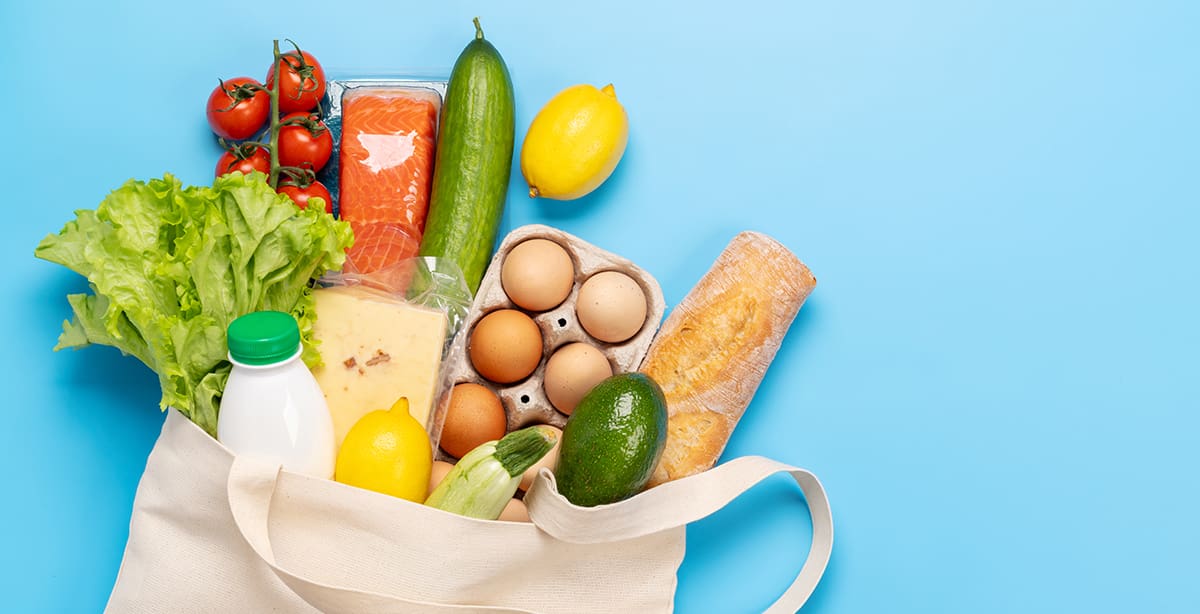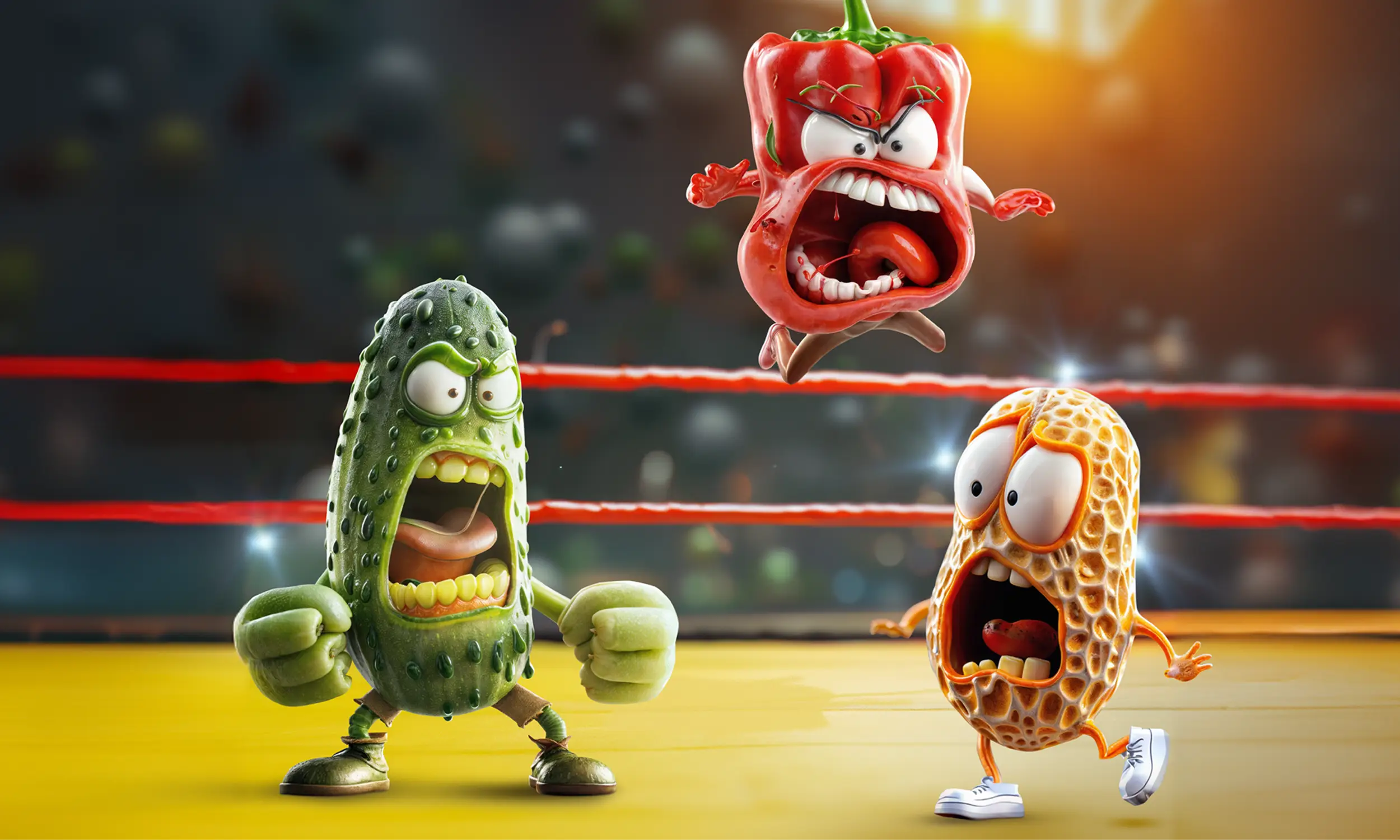
The consumer packaged goods (CPG) industry has faced unprecedented challenges and opportunities in 2023. The COVID-19 pandemic has accelerated many disruptive trends that are reshaping consumer behavior and expectations, such as personalization, digital-native brands, data privacy, omnichannel experience, and sustainability. At the same time, the industry is grappling with rising inflation, supply chain disruptions, labor shortages, and increased competition.
How can CPG brands navigate this complex and dynamic environment and achieve profitable growth? The answer lies in leveraging the marketing trends that are driving consumer demand and loyalty, and adapting their strategies accordingly. Here are five ways that CPG brands can do that:
1. Personalize your products and services
Consumers want products and services that are tailored to their specific needs, preferences, and lifestyles. They are willing to pay more for personalized offerings and share their data in exchange for relevant recommendations and offers. CPG brands can use data analytics, artificial intelligence, and digital platforms to create personalized experiences for their customers.
Personalization can reduce customer acquisition costs by up to 50%, increase revenues by up to 15%, and increase marketing spend efficiency by up to 30%.
2. Learn from digital-native brands
These are brands that are born online and use digital channels to reach and engage consumers, often disrupting traditional categories with innovative products and services. They have a loyal fan base, a strong social media presence, and a direct relationship with their customers. CPG brands can learn from these digital natives and adopt some of their best practices. Some digital-native brands you may know are Warby Parker, Casper mattresses, and Harry’s shaving products, but there are many others across categories.
Digital native brands have grown 2.5 times faster than other CPG categories since 2015. They also have higher customer satisfaction scores than traditional CPG brands.
3. Protect your customer data
Consumers are becoming more aware and concerned about how their personal data is collected and used by brands, and they demand more transparency and control over their data. They are also more likely to switch to brands that respect their privacy and offer them choices. CPG brands can build trust and loyalty with their customers by implementing robust data privacy practices.
Data privacy is a key factor for consumer loyalty: 83% of consumers say they will continue using a brand if it offers them control over their data.
4. Deliver a seamless omnichannel experience
Consumers want a seamless and consistent experience across different touchpoints, such as online, offline, mobile, social media, etc., and they expect brands to offer convenience and flexibility in how they shop and interact. They also want to access information, reviews, offers, and support at any time and from any device. CPG brands can enhance their omnichannel capabilities by integrating their systems, processes, and teams across channels, and offering multiple payment and delivery options.
Omnichannel customers spend 4% more on every shopping occasion in-store and 10% more online than single-channel customers.
5. Demonstrate your sustainability commitment
Consumers are increasingly conscious about the environmental and social impact of their consumption choices, and they prefer brands that demonstrate clear values
and commitment to sustainability. They are also willing to pay more for sustainable products and support brands that contribute to social causes. CPG brands can differentiate themselves by incorporating sustainability into their core business strategy.
66% of global consumers are willing to pay more for sustainable products.
By staying tuned into these marketing trends, CPG brands can not only survive but thrive in 2023. They can create value for their customers and stakeholders while staying ahead of the competition. Brandon can help you leverage these trends to grow your brand.
Contact us today to find out how we can help you achieve your marketing goals.
Cary Murphy
Chief Strategy Officer
Cary Murphy is our Chief Strategy Officer at Brandon. He has been in marketing for over 30 years, starting his own agency from scratch and growing it into a market leader. He sold his agency to Brandon in 2016 and joined their leadership team, bringing his expertise to a wider audience. He’s also our category leader for B2B and CPG, working with clients such as Nucor Steel, Wastequip, Green Giant, Idahoan Foods, and Victory Beer. He helps clients create brand stories and strategies that increase sales, boost customer loyalty, and generate media coverage. He doesn’t settle for the status quo or conventional wisdom. He finds hidden connections and patterns and turns them into compelling narratives that resonate with customers. Cary is a smart and inspiring leader who challenges and supports his peers to do their best work. He believes that discipline is more important than motivation, and that good habits are more powerful than goals. Cary is a leader who combines talent, experience, and passion, with something else. A skill that he learned and honed over decades of practice and experimentation. A skill that helps him uncover the remarkable in both people and products.
By subscribing to our newsletter, you agree to our Privacy Policy.





